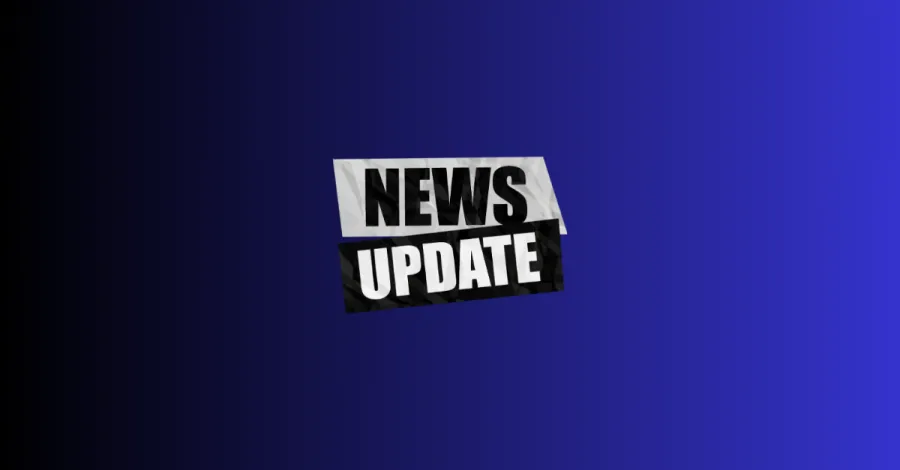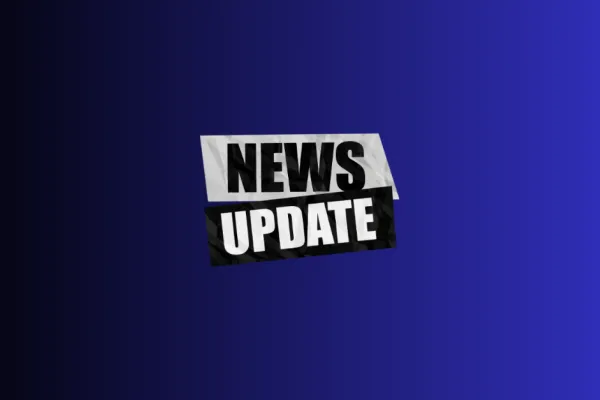Wireless Internet access increases but...

According to the latest Pew research on the subject, 91 percent of Americans own a cell phone and nearly two-thirds of them use those phones to go online – a seven percent jump since the same time in 2012.
As Pew said, “Additionally, one third of these cell internet users (34%) mostly use their phone to access the internet, as opposed to other devices like a desktop, laptop, or tablet computer. We call these individuals ‘cell-mostly internet users,’ and they account for 21% of the total cell owner population.”
In another news story, NBC News noted that “Cellphones are now essentials for the poor.” It portrayed New York City resident Ethel Brown who lost her job two years ago, and then her home. Brown, it said, uses a $35 per month prepaid plan and sometimes “...cuts back on buying a cup of coffee or extra food, to ensure she can pay her cellphone bill.” NBC also described the federal Lifeline program which, in 2000, began providing discounted mobile services.
Although low-income people cherish their cell phones, many of them have become the “cell-mostly internet users” cited by Pew. In fact, Pew said that group is dominated by “Young adults, non-whites, and those with relatively low income and education levels ...”
The problem is that wireless connectivity to internet complements but does not substitute for wired connection – in fact, it is often an impediment to financial and educational growth. While you can talk to friends, watch the news and play games on smart phones, you can't fill out a job application or write a term paper on a cell phone.
That’s why Speed Matters continues to press for affordable high-capacity wireline Internet access for all Americans.
Cell Internet Use 2013 (Pew Internet study, Sep. 16, 2013)
‘It's not a BlackBerry, but it's helping me for now’: Cellphones are now essentials for the poor (NBC News, Sep. 12, 2013)
Broadband Brigade members turn out to protect good, union jobs and reliable broadband service
CWA condemns Trump NTIA changes to BEAD funding policies

